
plant of the month: dandelion
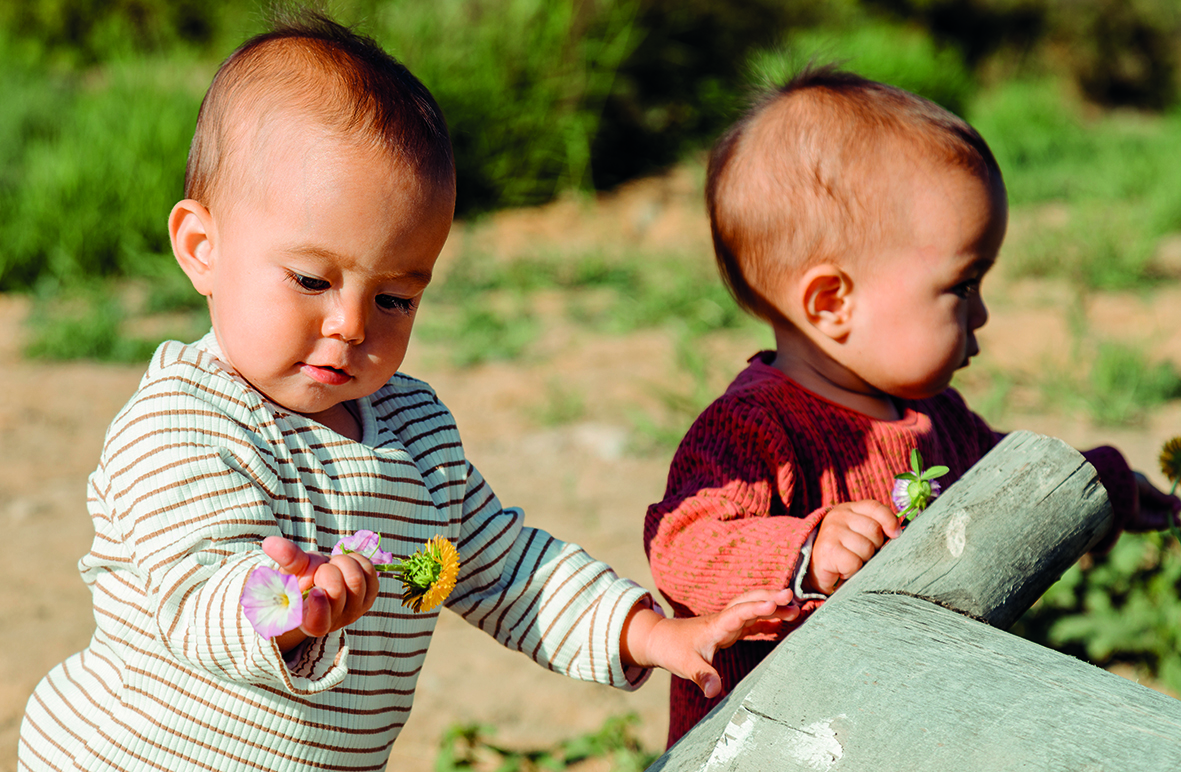 Dandelions have two very recognisable versions: the golden-yellow, toothed, circular flower early in the season and the magical spherical seed head as summer moves into autumn. In between, the flower head closes up, with the seeds packed tightly inside protective green ‘bracts’, which look like petals themselves.
Dandelions have two very recognisable versions: the golden-yellow, toothed, circular flower early in the season and the magical spherical seed head as summer moves into autumn. In between, the flower head closes up, with the seeds packed tightly inside protective green ‘bracts’, which look like petals themselves.
fact file
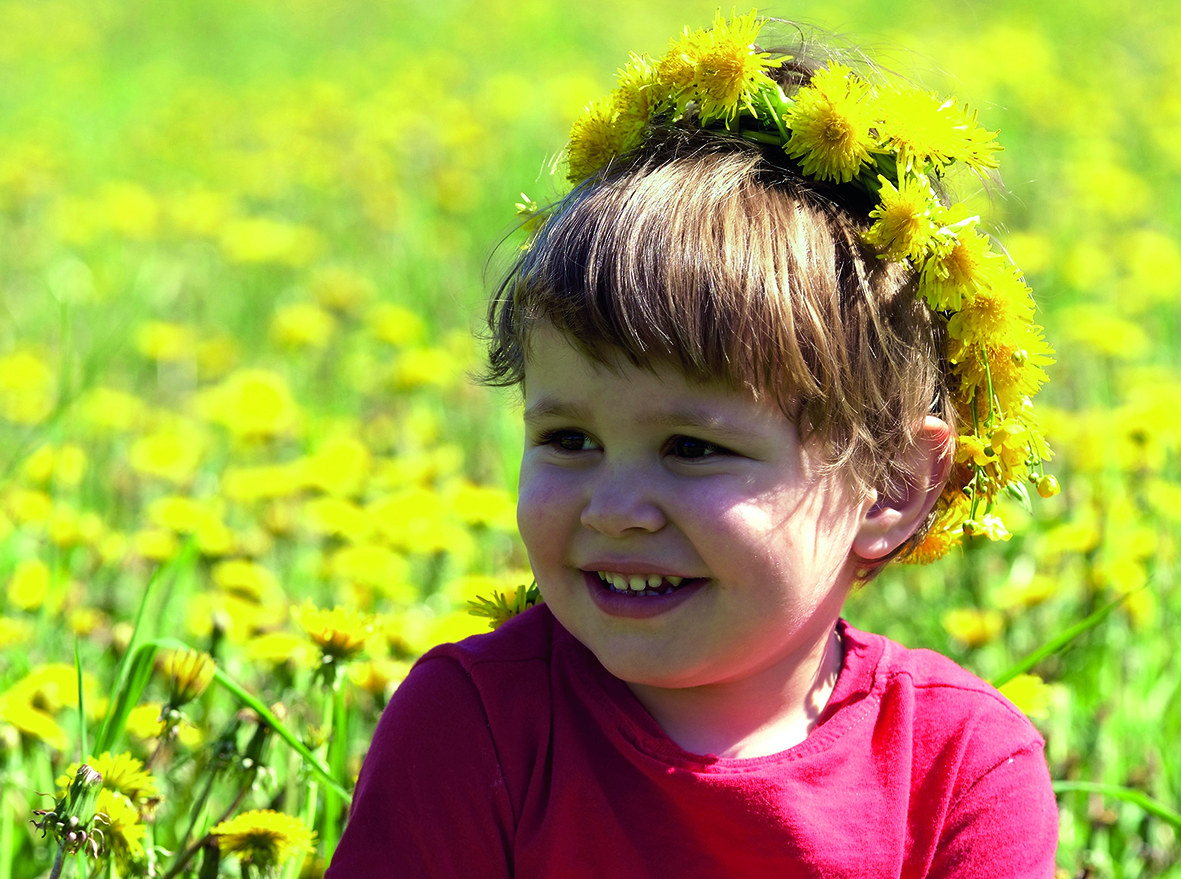 Dandelions’ name comes from the Norman French for ‘lion's teeth’ – dent de lion – due to the jagged nature of their leaf profile. They grow all over Europe and beyond.
Dandelions’ name comes from the Norman French for ‘lion's teeth’ – dent de lion – due to the jagged nature of their leaf profile. They grow all over Europe and beyond.
Many parts of dandelions are edible – but if anyone has a latex allergy, they shouldn’t handle the plant.
It has a remarkable propensity to grow anywhere it fancies, meaning it's often thought of as aweed.
stories
Dandelions have inspired many poets. Instead of a story, why not try some poetry outdoors?
High-quality texts about nature, read aloud outdoors, can be appreciated by children even if they don’t understand all the words, or a hidden meaning. The rhythm of the words and the physical location can build an atmosphere and impart meaning for even the youngest children. On a breezy day, take children outdoors to watch the scudding clouds and read them The Dandelion by Vachel Lindsay, which is perfectly timed for the upcoming coronation celebrations:
O dandelion, rich and haughty,
King of village flowers!
Each day is coronation time,
You have no humble hours.
I like to see you bring a troop
To beat the blue-grass spears,
To scorn the lawn-mower that would be
Like fate's triumphant shears,
Your yellow heads are cut away,
It seems your reign is o’er.
By noon you raise a sea of stars
More golden than before.
aims of this series
Many of us suffer from ‘plant blindness’. But if we don’t notice common plants around us, how can we teach the next generation to care for plants which feed us, give us medicine, clothes and many other things upon which we depend? So, every month during 2023, we’ll look at some of the main features of common plants and explore how to make the most of them for play and learning. There are a few every-day tools and resources that will allow children to explore dandelions, and if you don’t already own them, put out a call to parents and local businesses to see if they can donate, and check charity shops and car boot sales before you buy new:
- Hand trowels and forks; garden trug or basket to collect the dandelions in.
- Jewellers’ loupes and magnifying glasses or sheets for close examination of petals and tiny hairy seeds.
- A sharp knife or scalpel for dissecting the plants.
dandelion projects
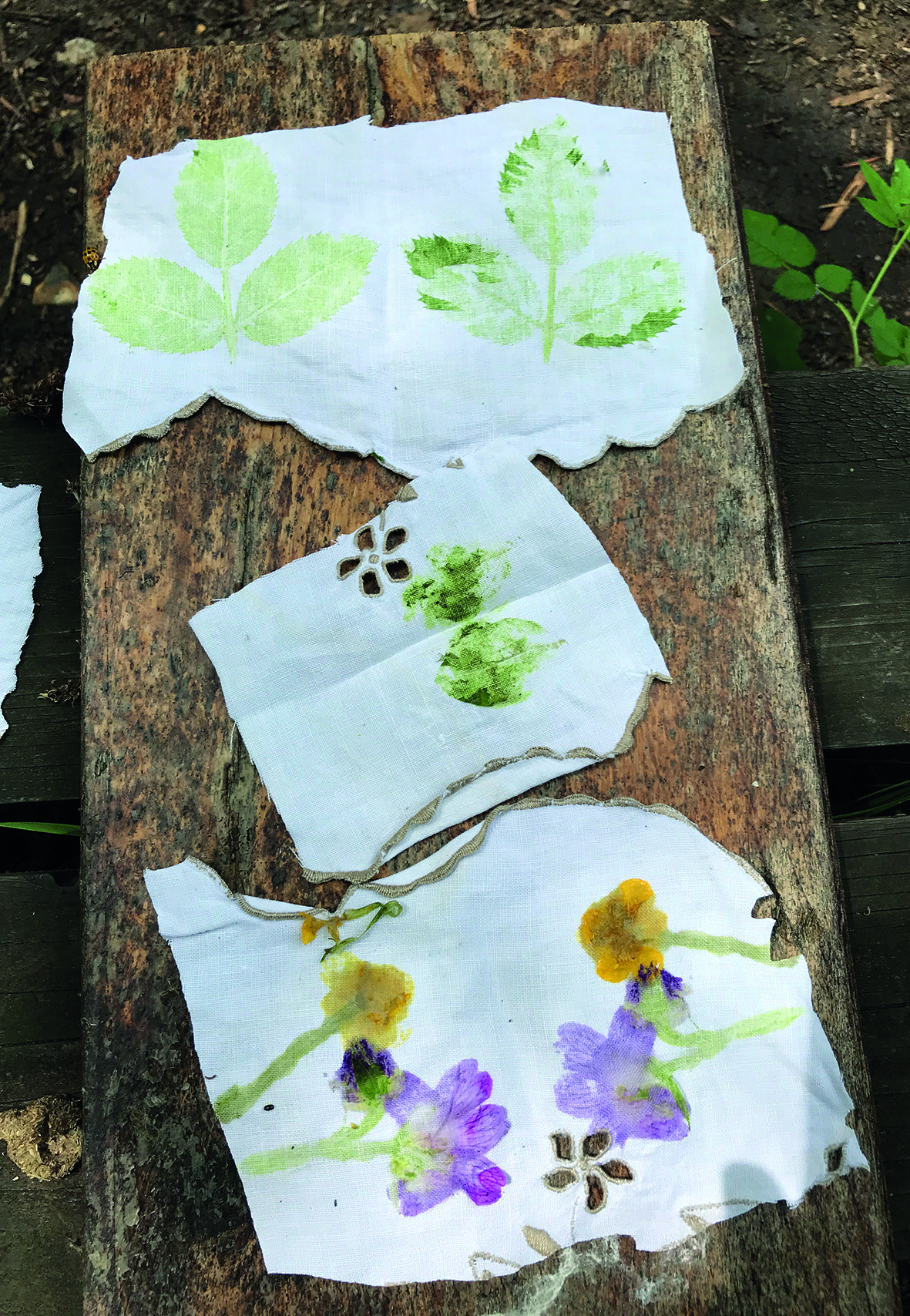 Arrange a dandelion flower, stem and a couple of leaves in between two layers of pale fabric and place the ‘sandwich’ onto a hard surface. Bash the top layer of fabric with a hammer or a rounded stone, until the pigment starts to show through. With a bit of practice, children will find a ‘print’ of their bouquet on both pieces.
Arrange a dandelion flower, stem and a couple of leaves in between two layers of pale fabric and place the ‘sandwich’ onto a hard surface. Bash the top layer of fabric with a hammer or a rounded stone, until the pigment starts to show through. With a bit of practice, children will find a ‘print’ of their bouquet on both pieces.- Find a clump of dandelions and examine all the parts of the plant. Which words do children know to describe it? Sniff the leaves and flower (or seed head). What does it feel like if children squash the flower head between their fingers?
- Pick dandelion leaves and cut them in half along the central vein. Glue half a leaf onto paper for children to try drawing a matching half.
dandelion springboards
- In winter, a dandelion has no flowers or stalk, but its wide, toothed eaves are very distinctive. The leaves are edible and can be cooked, chopped up and used in salad or a garnish or dried and made into tea.
- It only takes a little bit of sunshine for a dandelion's golden head to emerge and by spring they are everywhere. The yellow petals are also edible and can add a zing of colour to cakes, biscuits or salads. Gather flower heads and ask children to gently pull the delicate individual petals – like sun rays – off, to squash for mud kitchen ingredients or ‘ink’ for mark-making. Children can make their own body tattoos using the white sap from cut dandelion stems, which turns brown and will temporarily stain the skin.
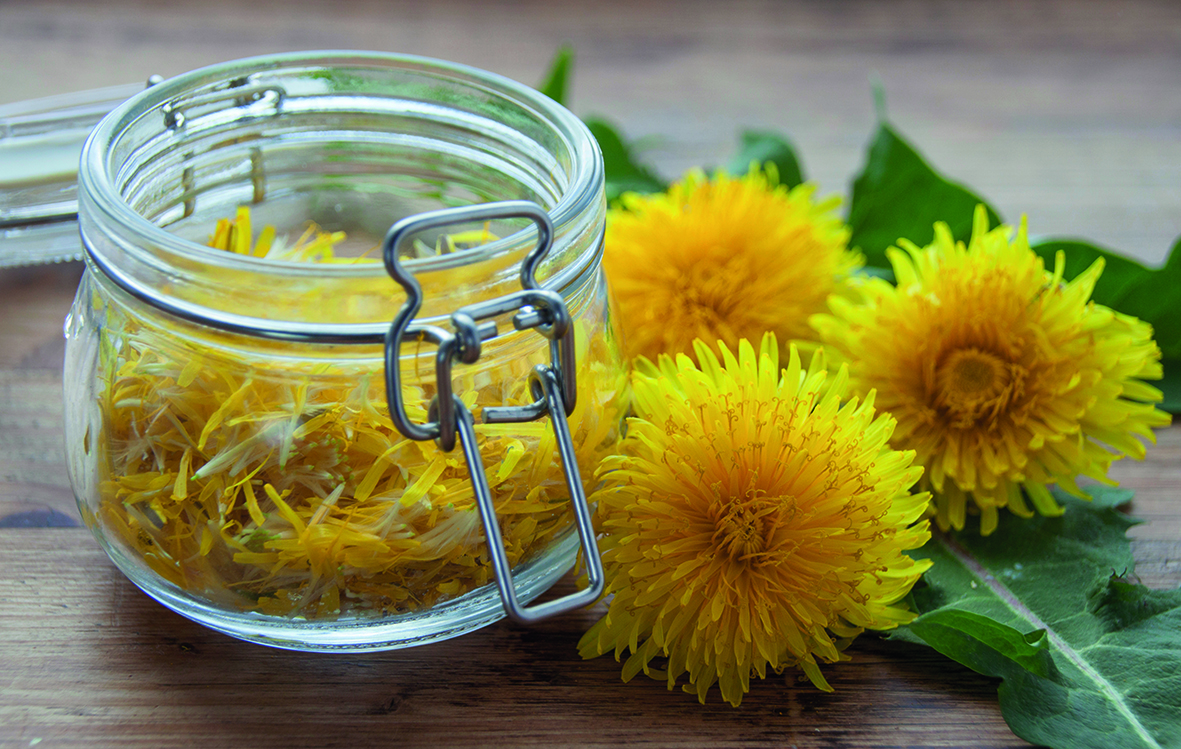 Dandelion behaviour and life cycles are strongly influenced by sunshine, and during early summer, children will find some merrily flowering while others are already turning into seed heads. The flowers make excellent loose parts not least because their sheer abundance means children can forage as much as they like. Use the tactile dandelion heads to make patterns and shapes on the ground outdoors. Fill vessels and use in the mud lab or in ‘real’ cooking.
Dandelion behaviour and life cycles are strongly influenced by sunshine, and during early summer, children will find some merrily flowering while others are already turning into seed heads. The flowers make excellent loose parts not least because their sheer abundance means children can forage as much as they like. Use the tactile dandelion heads to make patterns and shapes on the ground outdoors. Fill vessels and use in the mud lab or in ‘real’ cooking.- Windclocks appear in late summer and early autumn. Have fun helping the dandelion spread its seeds by blowing on windclocks and then look at the empty seedhead.
dandelion in disguise
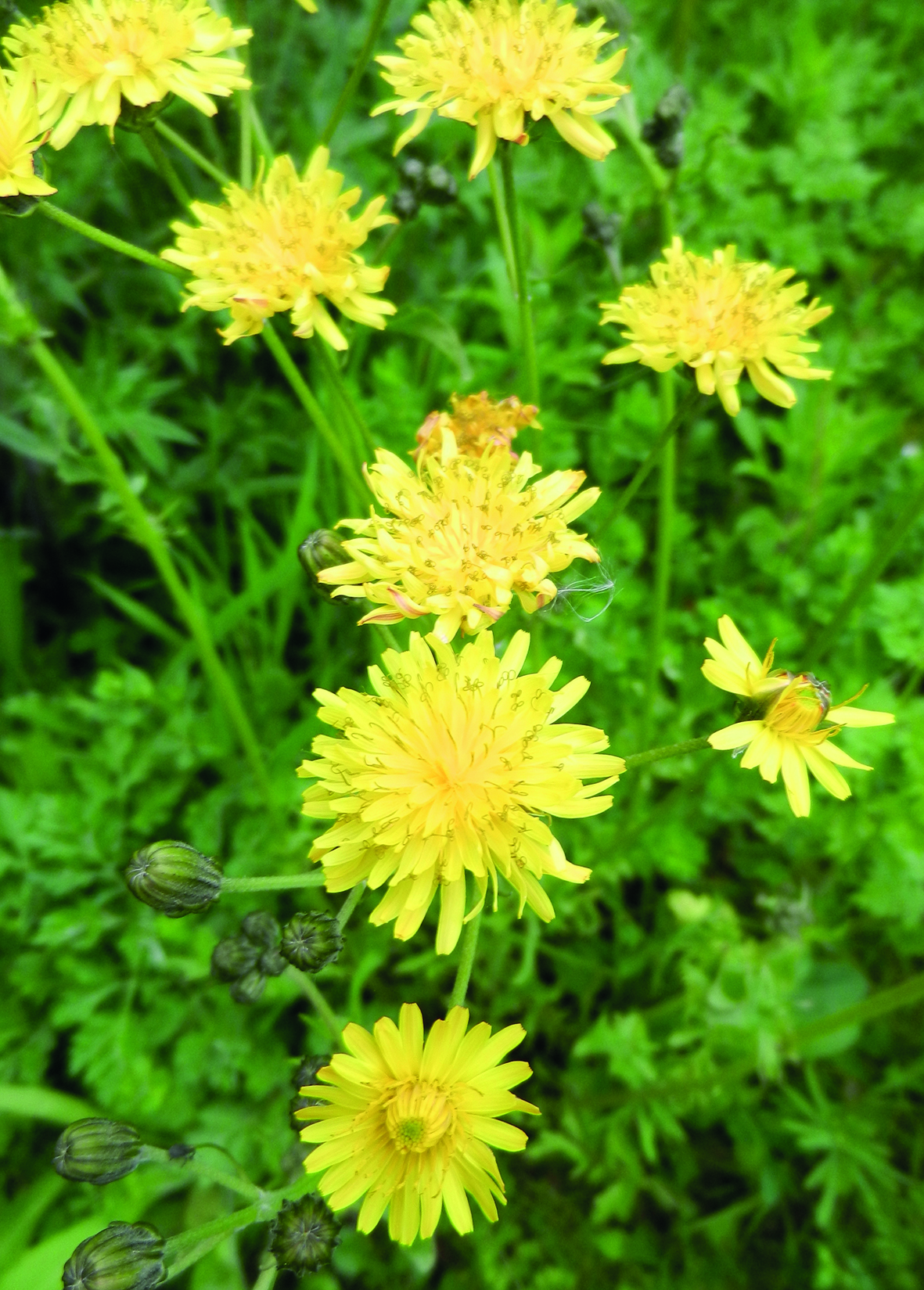 Dandelions in flower are very distinctive and unlikely to be mistaken for another plant; equally, their fluffy seed heads are also easily identified. However, there are other plants that have similar properties – smaller flowers and seedheads that make interesting comparisons.
Dandelions in flower are very distinctive and unlikely to be mistaken for another plant; equally, their fluffy seed heads are also easily identified. However, there are other plants that have similar properties – smaller flowers and seedheads that make interesting comparisons.
- Look for cat's ear – you can tell the difference because dandelion flowers sit on a single, hollow stem whereas cat's ear flowers are much smaller and sit on branched stems with hairy leaves.
- Thistle flowers are similar in structure – but of course, purple instead of yellow. If you can find a patch flowering at the same time as dandelions, pick a few to allow children to compare and contrast the two plants.
myth, magic and culture
- As well as accurately telling the time(!), the number of puffs needed to blowall the seeds off a dandelion seed head was once believed to predict the number of children the ‘blower’ would have.
- The name ‘fairy clock’ refers to dandelion flowers’ predictable habit of opening at sunrise and closing at sunset, keeping the same hours as fairies do.
- Dandelions do have a diuretic effect – that isn’t just a myth. They can make you pee and were traditionally used for just that purpose, so don’t overdo the taste testing with the children. Although the English name for dandelion has a French root, the French actually call dandelions le pissenlit (‘pee the bed’)!
superhero feature
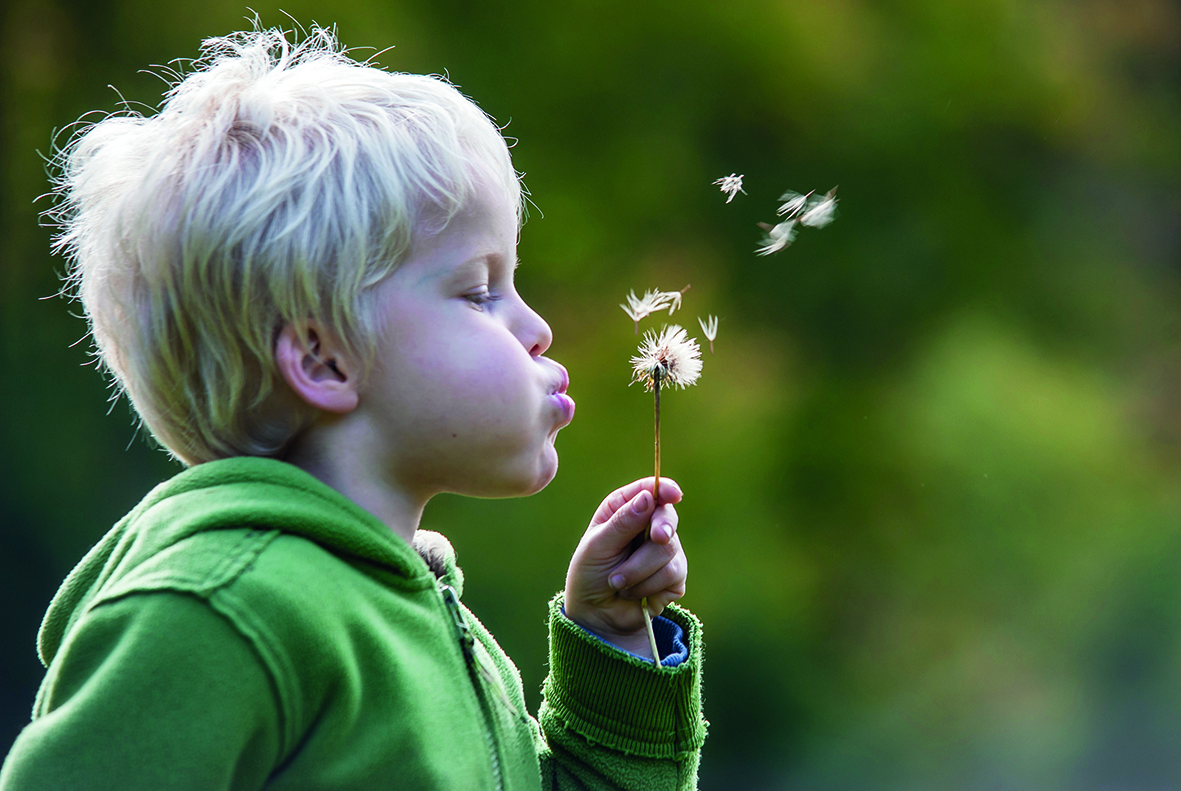 Dandelions are so common because of their ability to spread seeds far and wide – each dandelion's golden flower head is made up of around 200 individual petals, each of which becomes a seed. It doesn’t even need a breezy day because those dandelion clocks are irresistible to children and adults alike. A few puffs and the seeds float off to a new home, perhaps being caught up on the wind and flying even further away.
Dandelions are so common because of their ability to spread seeds far and wide – each dandelion's golden flower head is made up of around 200 individual petals, each of which becomes a seed. It doesn’t even need a breezy day because those dandelion clocks are irresistible to children and adults alike. A few puffs and the seeds float off to a new home, perhaps being caught up on the wind and flying even further away.
dandelion STEM projects
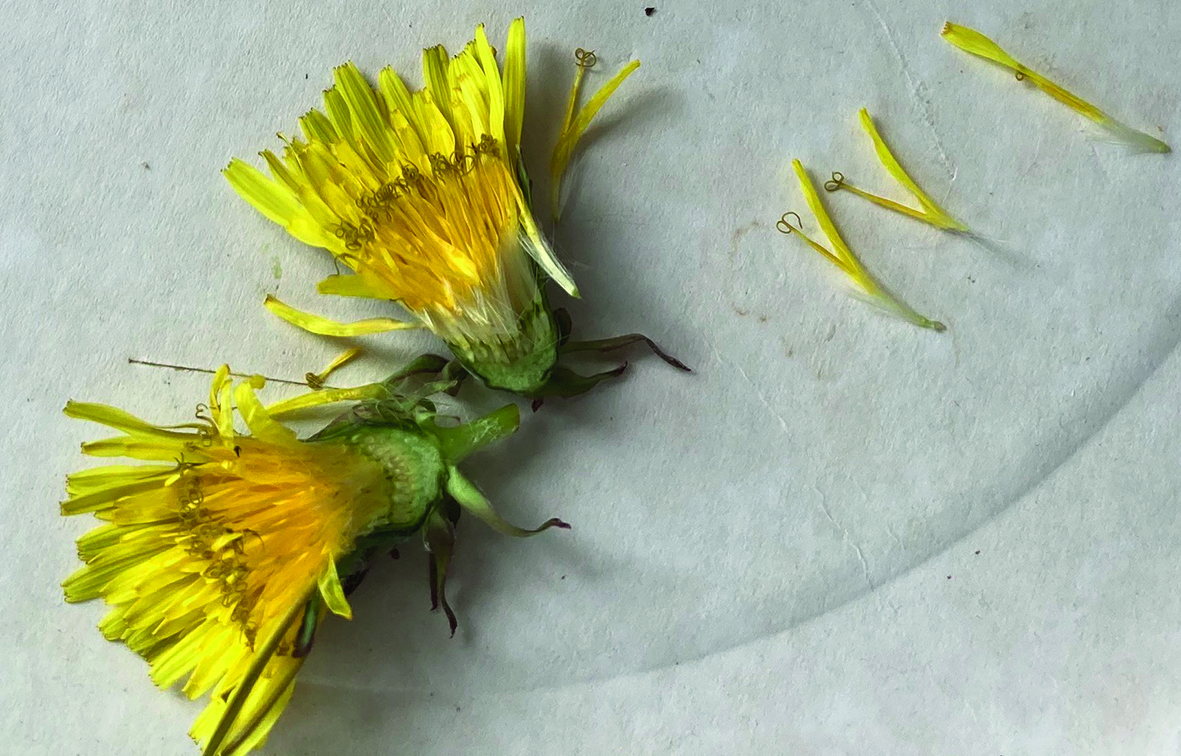 Dissect a clump of dandelions. Use a large sheet of paper or fabric to display the plant as you take it apart and use a sharp, non-serrated knife – or a scalpel if you can get hold of one.
Dissect a clump of dandelions. Use a large sheet of paper or fabric to display the plant as you take it apart and use a sharp, non-serrated knife – or a scalpel if you can get hold of one.- Find an ID sheet for dandelions (and 14 other plants) at www.pappusproject.eu/plant-id-sheets – use it to help children identify each part of the plant.
- Dig up a whole plant, including as much of the root as you can get. Clean off as much of the soil as possible.
- Cut a flower head in half (or a seed head if you’re doing this later in the year) to look at what's inside. Use magnifiers or loupes to get really close up. Pick the florets off another head to look at the ‘pincushion’ effect left behind. Taste a floret – does it have any recognisable flavour?
- Try to collect a bowlful of seeds that children can run their hands through and feel how soft and light they are. How much do the seeds weigh? On digital scales, weigh the bowl empty and then full of seeds – how many seeds do children think are in the bowl?
next month – elder
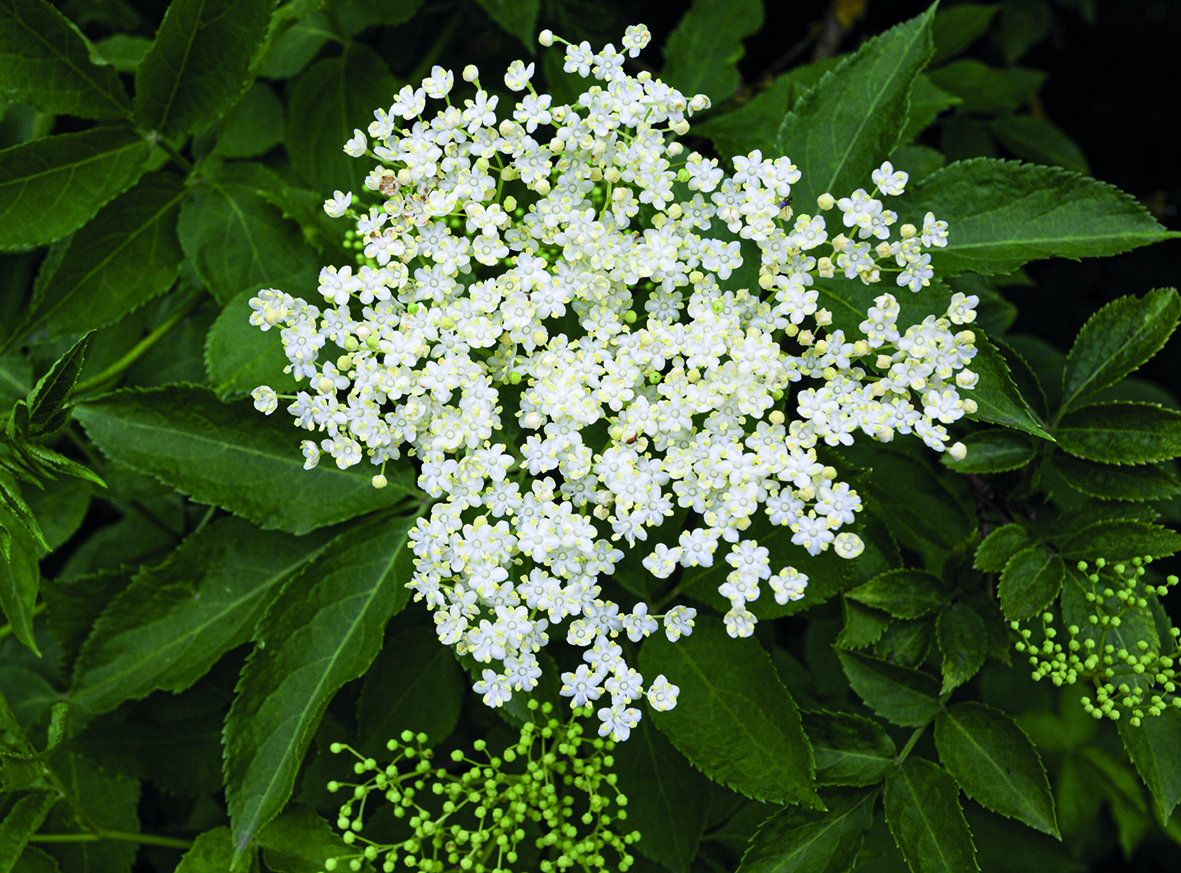 Before the start of May, find a few accessible elder trees or bushes, as I’ll have dozens of ideas for using and enjoying the fruits, flowers and branches of this species in the next issue of Nursery World.
Before the start of May, find a few accessible elder trees or bushes, as I’ll have dozens of ideas for using and enjoying the fruits, flowers and branches of this species in the next issue of Nursery World.









